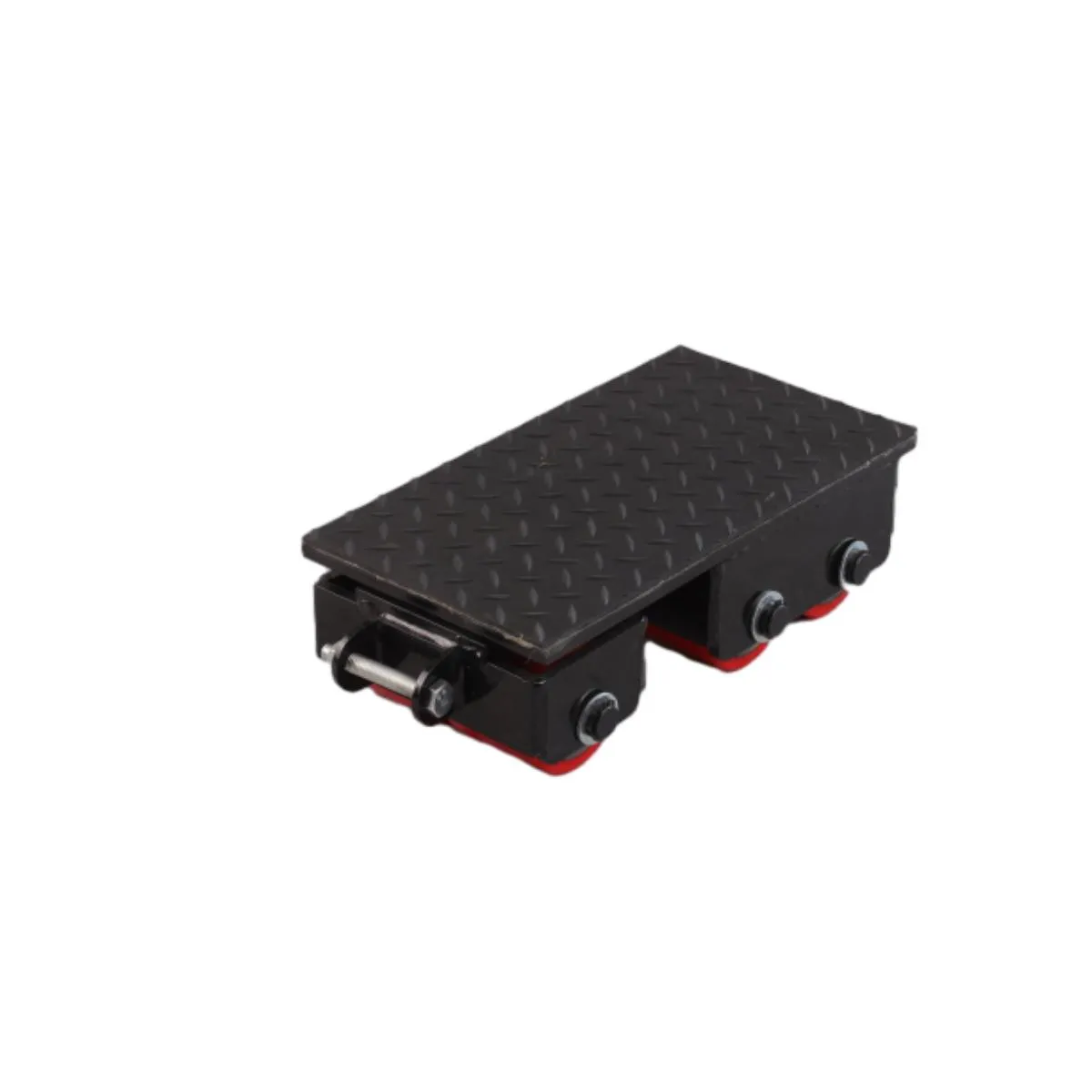gantry eot crane
Understanding Gantry EOT Cranes An Overview
Gantry EOT (Electric Overhead Traveling) cranes have emerged as a crucial piece of equipment in various industrial sectors, particularly in manufacturing, shipping, and construction. These cranes provide an efficient solution for lifting and transporting heavy materials, making them indispensable for modern operations. This article aims to explore the essential features, benefits, and applications of gantry EOT cranes.
What is a Gantry EOT Crane?
A gantry EOT crane consists of a robust framework supported by legs that move on wheels or tracks. The crane typically has a horizontal beam, known as the girder, that spans the area needing coverage. An electric hoist is mounted on the girder, allowing it to lift and move heavy loads with precision. The combination of the gantry structure and the electric operation enables these cranes to have a high lifting capacity and excellent maneuverability.
Key Features
One of the standout features of gantry EOT cranes is their adaptability. They come in various sizes and configurations, making them suitable for a wide range of applications. The cranes can be designed to operate both indoors and outdoors, and their height and span can be customized to match specific project requirements. Many gantry cranes are equipped with additional features such as wireless controls, safety systems, and variable speed options for enhanced operational efficiency.
The materials used in constructing gantry cranes are typically high-strength steel, ensuring durability and longevity even under heavy workloads. Many manufacturers also prioritize corrosion resistance to prolong the crane's lifespan in challenging environments.
Benefits
The use of gantry EOT cranes offers numerous advantages. First and foremost, they enhance workplace safety. With their sturdy construction and advanced control systems, these cranes reduce the risk of accidents that can occur when manually handling heavy loads. Operators benefit from improved visibility and control, resulting in more precise lifting and movement.
gantry eot crane

Another significant benefit is the efficiency these cranes provide. Gantry EOT cranes can significantly speed up operations, allowing for faster loading and unloading of materials. This efficiency is particularly critical in high-traffic environments, such as shipping yards or construction sites, where time is often of the essence.
Cost savings represent another important advantage. By automating the lifting process, companies can lower labor costs and minimize the risk of damage to materials. The long lifespan and low maintenance requirements of these cranes also contribute to overall operational savings.
Applications
Gantry EOT cranes are versatile and can be found in numerous settings. In manufacturing plants, they are commonly used for moving heavy machinery and components during the assembly process. In shipping and logistics, these cranes facilitate the loading and unloading of containers, enhancing workflow efficiency at ports and warehouses.
Construction sites also leverage gantry EOT cranes to lift and position heavy materials like steel beams and concrete blocks. Their ability to operate in tight spaces where traditional cranes might not fit makes them invaluable in urban construction projects.
Conclusion
Gantry EOT cranes are vital tools in today’s industries. Their unique design and operational capabilities provide significant advantages in terms of safety, efficiency, and cost-effectiveness. Whether in factories, ports, or construction sites, these cranes play an essential role in enhancing productivity and ensuring the smooth flow of operations. As technology continues to advance, we can expect to see even more innovative features and applications for gantry EOT cranes, solidifying their place as a cornerstone of modern industry.
In summary, gantry EOT cranes are not just lifting devices; they are integral components of efficient industrial operations, reflecting the ongoing evolution of material handling technology.
-
Unlock Seamless Relocation with Our Heavy Equipment Moving ExpertiseNewsJun.06,2025
-
Unleash Unrivaled Flexibility with Our Adjustable Gantry CraneNewsJun.06,2025
-
Unleash Heavy-Duty Efficiency with Our Industrial Gantry Crane SolutionsNewsJun.06,2025
-
Revolutionize Steel Handling with Our Magnetic Lifter RangeNewsJun.06,2025
-
Master Equipment Mobility with Premium Machinery Mover SolutionsNewsJun.06,2025
-
Elevate Your Material Handling with Magnetic Lifter TechnologyNewsJun.06,2025
-
YS Permanent Lifting Magnets: The Smarter Way to Handle SteelNewsMay.22,2025
